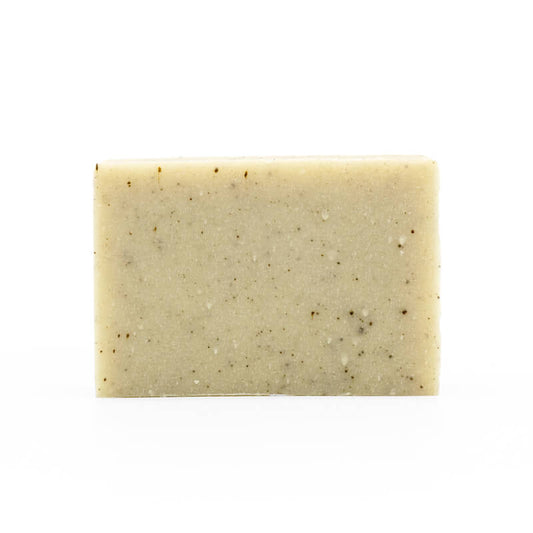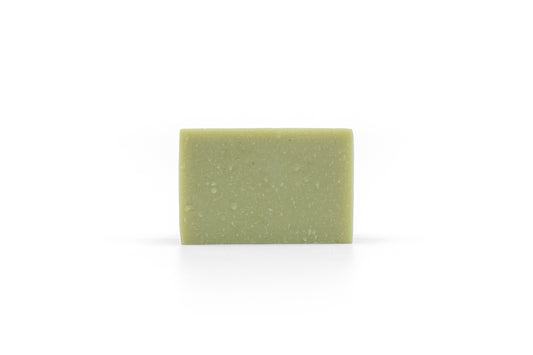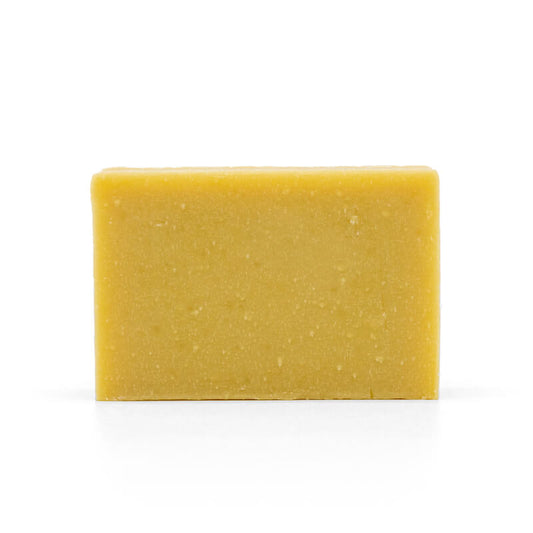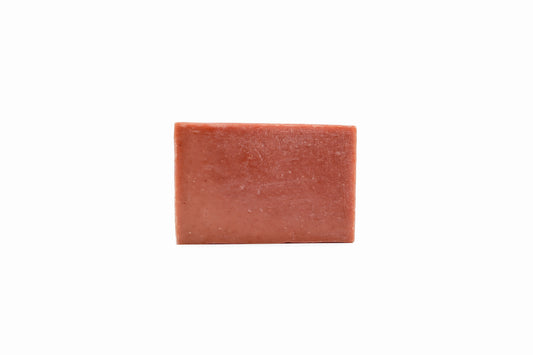Peppermint Essential Oil

Commonly found in confections and beverages, peppermint competes with spearmint as the world's most popular mint variety. The potent smell and appealing taste of peppermint make it a wonderful component in cold process soaps, including the naturally derived soap bars from Beaverton’s.

Peppermint plants ; Image: Gardening Know How/AboutnuyLove
Along with one of its parent species, spearmint, the peppermint plant is one of the most popular mint varieties in the world. The peppermint plant (Mentha piperita) was first found in Europe and parts of the Middle East, where it arose through the natural hybridization of two other mint species found in those regions, spearmint (Mentha spicata) and watermint (Mentha aquatica). Not to be confused with Chinese peppermint (Mentha haplocalyx), “western” peppermint is the primary source of menthol for use in pharmaceutical applications and chemical syntheses. Both plants have been consumed for centuries as part of cuisine and traditional medicines, and these uses continue to this day. The peppermint plant grows with square stems and serrated leaf edges like other related species, and it often has a soft fuzzy surface texture. Peppermint plants produce purple flowers and grow with variable leaf size; as a hybrid it has been found to possess a variable number of chromosome pairs.

Flowers of the peppermint plant ; Image: TBR Newsmedia
Peppermint likes to grow in shaded areas, with preference for moist soils. The peppermint plant is infamous for propagating extremely fast, with special care often being taken by gardeners to restrict available growing space with pots and/or similar barriers to prevent it from overtaking other plants growing in its immediate vicinity. Unlike one of its parent species, spearmint, the aroma and flavour of the peppermint plant remains potent once the plant has begun to flower, with harvest of peppermint usually occurring when the flowers are just beginning to bloom. Both the leaves and the flowers of peppermint can be used to make flavourings and scented oils, with both fresh and dried material being employed in these processes. Peppermint essential oil is typically made through steam distillation, with most of the material that is commercially available coming from farms in Morocco, although Argentina and the United States are also significant producers. The essential oils made from peppermint plants are mainly used in the manufacture of the most commonly encountered “minty” goods, which include toothpastes and chewing gums, but peppermint is also a popular ingredient in other self care products like soaps and shampoos, as well as foods and beverages like ice cream, herbal teas, and some alcoholic drinks.

An herbal tea made with peppermint ; Image: Medical News Today
The scent and taste of peppermint is largely attributed to menthol, which is the most abundant natural compound found in peppermint followed closely by menthone. Methanol is the compound that is responsible for the cool feeling that is commonly associated with mint plants, and it causes this sensation by activating certain temperature receptors in the skin, nose, and mouth. Together, menthol and menthone account for nearly two thirds of the active components found in peppermint essential oil. In addition to its part in the minty profile of peppermint, menthone also acts as a mild insect repellent, making peppermint plants useful in discouraging the accumulation of bringing flies and mosquitoes.

Crystal of menthol, which can be extracted from peppermint ; Image: ResearchGate
Essential oil distilled from peppermint grown in the United States is used in the nuanced fragrance blends of Beaverton’s. With its cold and invigorating aroma, peppermint joins other fragrant herbs in Beaverton’s naturally derived handmade soap bars. Washing with soaps accented by peppermint brings a fresh and soothing touch to self care, leaving the skin crisp and clean.







